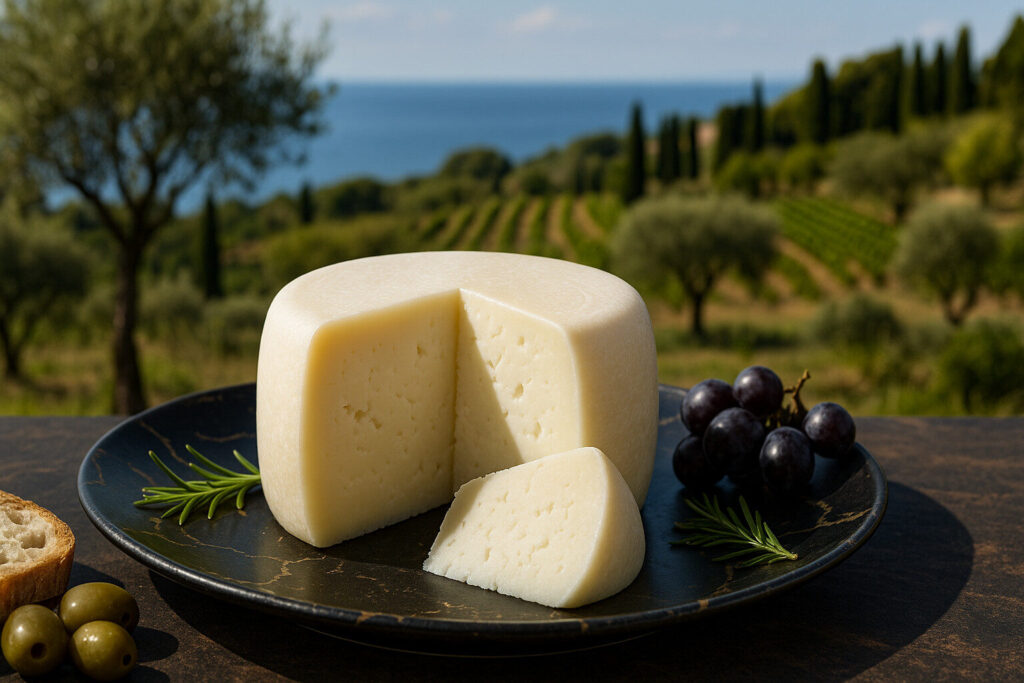Cheese Of The Mediterranean Basin
Definition and Scope
Cheese of the Mediterranean Basin refers to dairy products originating from countries bordering the Mediterranean Sea. These cheeses share historical ties to ancient pastoral and agricultural traditions of the region. Their production often utilizes milk from sheep, goats, or mixed herds, reflecting local livestock.
The scope encompasses a diverse range of textures, from soft and brined to hard and aged varieties. Many are protected by designations of origin, linking them to specific terroirs. This category is defined by both geographical provenance and shared cultural cheesemaking heritage.
Production Techniques
Traditional production often involves raw milk and animal rennet, contributing to distinct flavor development. Many Mediterranean cheeses undergo brining or salting in seawater, a technique that preserves and flavors them. This method is characteristic of cheeses like Feta and Halloumi.
Aging processes vary significantly, from fresh cheeses consumed within days to hard varieties aged for over a year. Some, like Pecorino Romano, are pressed and aged to develop crystalline textures. Others rely on specific molds or ambient microflora for ripening.
Sensory Profile
Flavor profiles range from the mild, milky notes of fresh Ricotta to the sharp, piquant character of aged Manchego. Salinity is a common thread, often derived from brining or dry-salting methods. Herbaceous or grassy undertones can reflect local animal diets.
Textures present a full spectrum, including the crumbly dryness of Mizithra and the semi-soft elasticity of Kasseri. Aromas may be lactic, nutty, or slightly sheepy depending on the milk source. Many exhibit a pleasant tanginess from natural fermentation.
Culinary Uses
These cheeses are integral to regional dishes, such as Greek salads with Feta or Italian pasta with grated Pecorino. Their melting properties vary; Halloumi is famed for grilling without losing shape. Fresh varieties often feature in desserts or stuffed pastries.
Aged, hard cheeses are typically grated over soups, pastas, and roasted vegetables. Brined cheeses pair well with olives, tomatoes, and olive oil in meze platters. Their robust flavors stand up to strong ingredients like garlic and herbs.
Regional Examples
Greece produces Feta, a brined sheep’s milk cheese with a Protected Designation of Origin. Italy contributes Pecorino Romano, a hard, salty sheep’s milk cheese from Lazio. Spain’s Manchego, from La Mancha, is made exclusively from Manchega sheep milk.
France offers Brousse du Rove, a fresh goat cheese from Provence. Turkey is known for aged Kasar and stringy Mihaliç Peyniri. Cyprus’s Halloumi, often with mint, is a semi-hard, grillable cheese with mixed milk origins.

